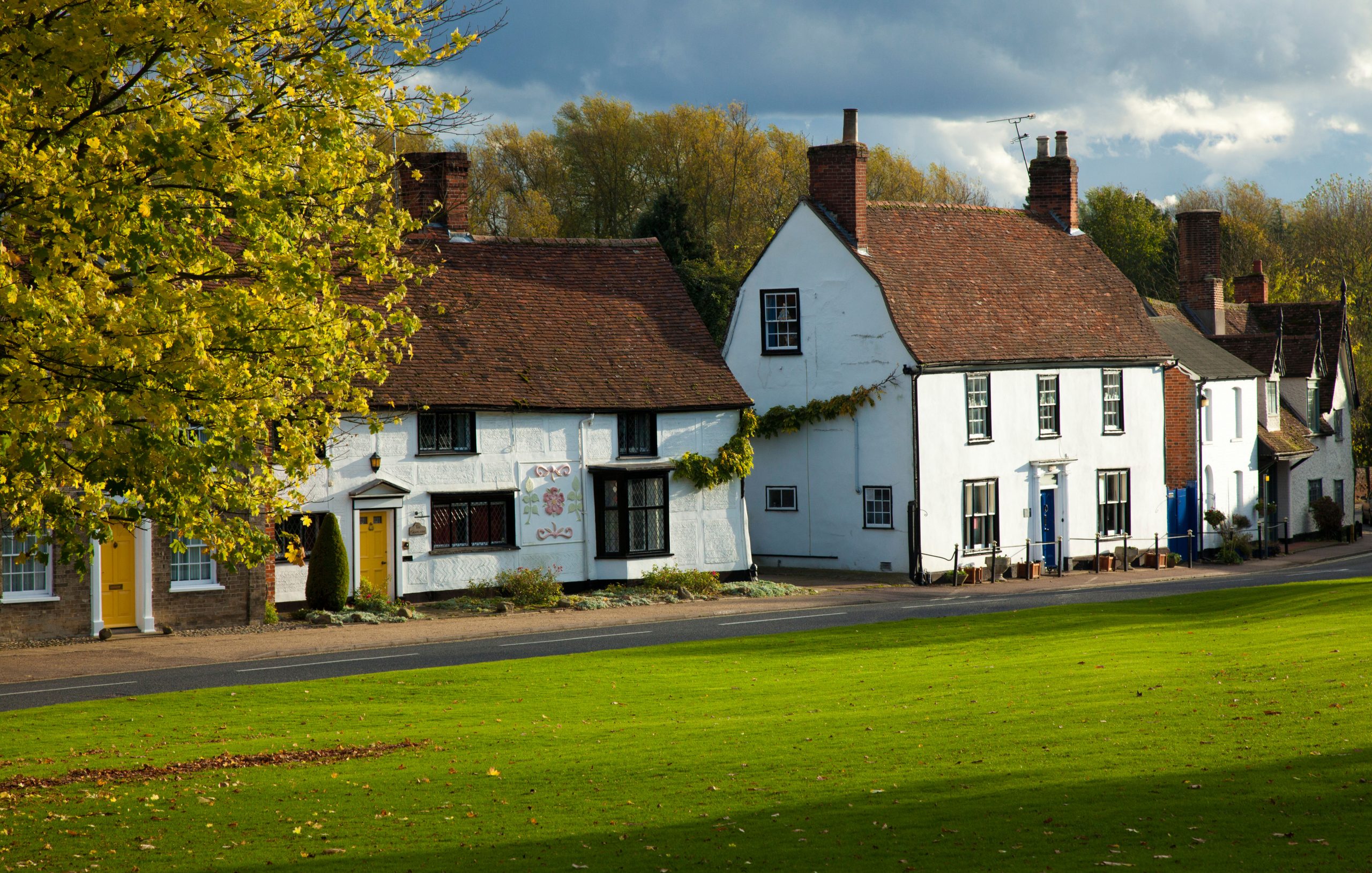Property Talk: What the Bank of England's interest rate rise means for the property market
The worst-kept secret in the world of finance was revealed on Thursday as the Bank of England raised interest rates to three per cent. Annabel Dixon and Toby Keel take a look at what it will mean for the property market.


We can't imagine many bankers go into their careers expecting to make front page news, but for Andrew Bailey — and the rest of the team on The Bank of England's Monetary Policy Committee — creating a buzz is an unavoidable part of the job.
And that presents them with a problem. As everybody knows — or at least everybody except Liz Truss and Kwasi Karteng — the financial markets absolutely hate surprises. Thus is was that the Bank of England's biggest jump up rise in interest rates since Black Wednesday had been widely leaked, briefed and explained before the confirmation on Thursday lunchtime that the bank had raised the interest rate by 0.75 percentage points to 3 percent, the highest level since 2008.
Unlike on Black Wednesday — when rates jumped from 10% to 12% in a failed attempt to stop the pound crashing — not a single eyelid seems to have been batted in The City, since for market watchers the rise was universally expected. ‘Rising inflation, coupled with the disastrous mini-Budget, mean this rate rise was always on the cards,’ explains Tomer Aboody, director of property lender MT Finance. Where rate rises are normally bad news for those seeking mortgages, this time the rise has made no difference at all. As Marcus Dixon, director of residential research at JLL, says that the increase was already priced into new fixed rates deals and market forecasts.
There is nothing new to worry about, then, and there may even be better news coming: the markets expect interest rates to peak at 4.75% next year, but as Chris Giles in the FT points out, the Bank of England were at pains to stress that interest rates might not go that high. They painted a possible scenario in which rates are held at 3% despite inflation, something that could lessen the depth and duration of the coming recession. On the other hand, they also put forward a made it quite clear that we could be heading in to the longest recession in living memory.
So what lies ahead for the housing market? Most commentators agree that borrowers are simply going to have to figure out ways to live with paying more for their money, as Aboody adds: ‘Borrowers need to come to terms with the new norm, which is higher interest rates — the rock-bottom rates of the past are long gone.’
What we should be safely past is the relative chaos of the past six weeks, according to Tom Bill, Knight Frank’s head of UK residential research.
‘Buyers and homeowners need to remember the impact of the mini-Budget won’t last forever and mortgage rates should start to calm down from the levels reached last month,’ he says.
Exquisite houses, the beauty of Nature, and how to get the most from your life, straight to your inbox.
But there is a problem brewing, he adds, in that most home owners are heading into new territory. More than four million first-time buyer mortgages have been issued since rates were cut to 0.5 percent in 2009, he adds. Put simply, many people have never seen their monthly mortgage bills rise meaningfully.
How much of a problem that will cause remains to be seen, but according to some the affordability criteria introduced following the 2007-08 financial crisis. Iain McKenzie, CEO of The Guild of Property Professionals, says that existing homeowners have been stress-tested to make sure they’re able to cope with spiking interest rates. ‘It won’t be pleasant, but most will adjust to the new normal by making savings elsewhere.’
The phrase 'won't be pleasant' will mean different things to different people, and that's worth spelling out. What might be a bit of tightening of belts for those on higher incomes will look very different for people on lower incomes. Think in particular of those who have stretched themselves to buy a house in the soaring market of the last couple of years, and who might well have a two-year mortgage deal fixed at not much more than 1%. If and when they're forced to remortgage at rates of 5% or 6%, they'll be tightening more than their belts — especially if food and energy costs keep rising as they have been.
As the housing market digests the Bank of England’s latest move, it’s worth looking at interest rates since 1975 to put it into wider context. ‘While savings and mortgage rates have been objectively low since 2008, this period has been far from the norm by historic standards,’ says Nick Leeming, chairman of Jackson-Stops. 'Far from the norm' is something of an understatement: interest rates had never been been so low in the three centuries since the Bank of England was founded.
Against that background, there are going to be people — a lot of people — who could end up needing help: some 1.8 million people are believed to be on very low fixed rates that expire in the next year. But with the economy entering recession, putting the help in the right places is not going to be easy to engineer. All eyes will be on the Chancellor of the Exchequer, Jeremy Hunt, when he announces the Autumn Statement later this month.
‘With the exit of one prime minister and the appointment of another, the market has been provided with a sense of calm seeing the pound also stabilise against the dollar,’ says Leeming. ‘However, striking the balance between raising interest rates and controlling uncomfortably high levels of inflation may lead to difficult decisions for the Chancellor on November 17th.’
Difficult indeed. We wish the Chancellor luck.

Credit: Strutt and Parker
Best country houses for sale this week
An irresistible West Country cottage and a magnificent Cumbrian country house make our pick of the finest country houses for

